Bid Confidently, Win Consistently – Zip Code Estimates Made Easy!
- Accurancy
- Efficiency
- Transparency
- Customization
- Time Saving
- Professionalism
- Cost Control
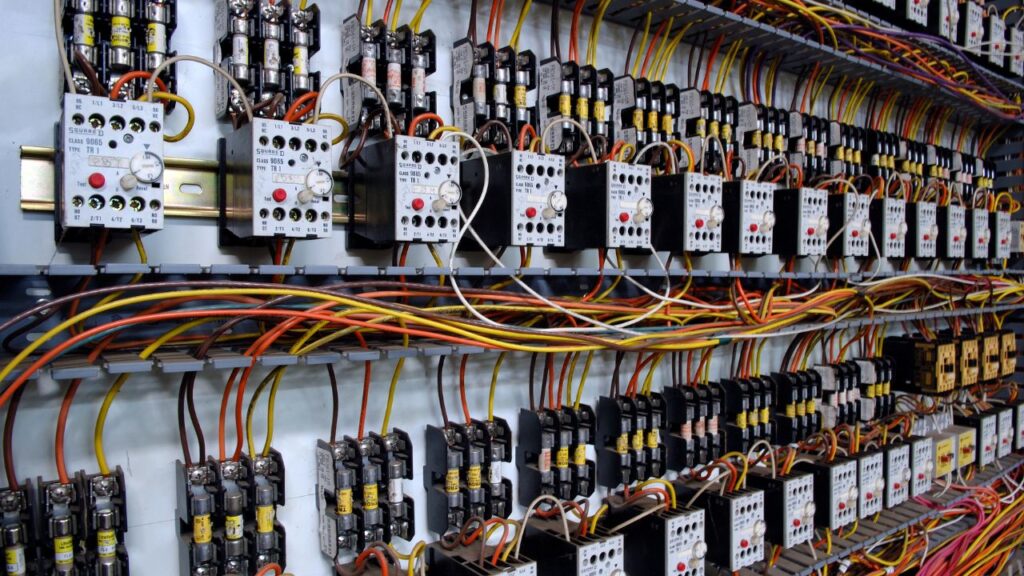
Electrical construction takeoffs play a pivotal role in the meticulous planning and execution of electrical projects. A takeoff is essentially a detailed analysis and quantification of all the materials, labor, and costs involved in an electrical construction project. This process ensures accuracy in estimating, budgeting, and subsequently executing the project. In this article, we’ll delve into the importance of electrical construction takeoffs, the key steps involved, and how they contribute to the success of electrical projects.

Electrical construction takeoffs involve a systematic examination of project blueprints, specifications, and other relevant documents to quantify the necessary materials, labor, and costs required for a successful electrical installation. It serves as the foundation for accurate project estimates and budgeting.
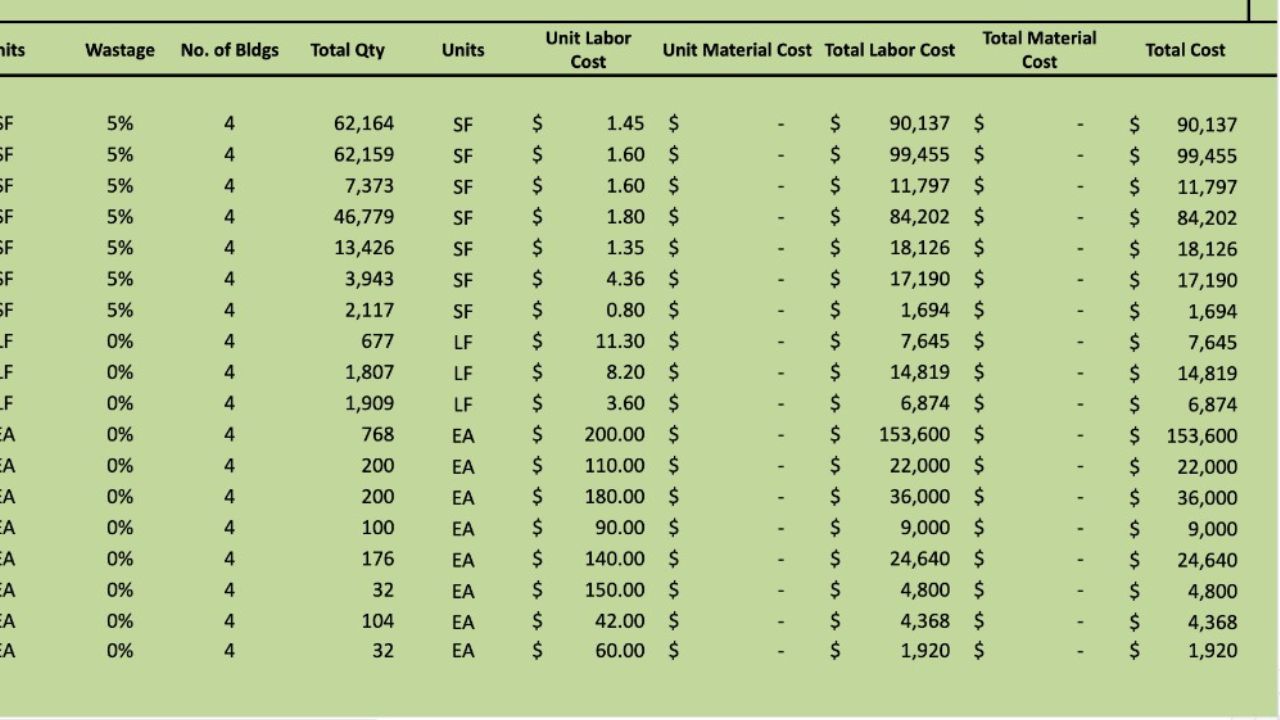
ZIP Code Based Estimate Highly Accurate
Get Estimate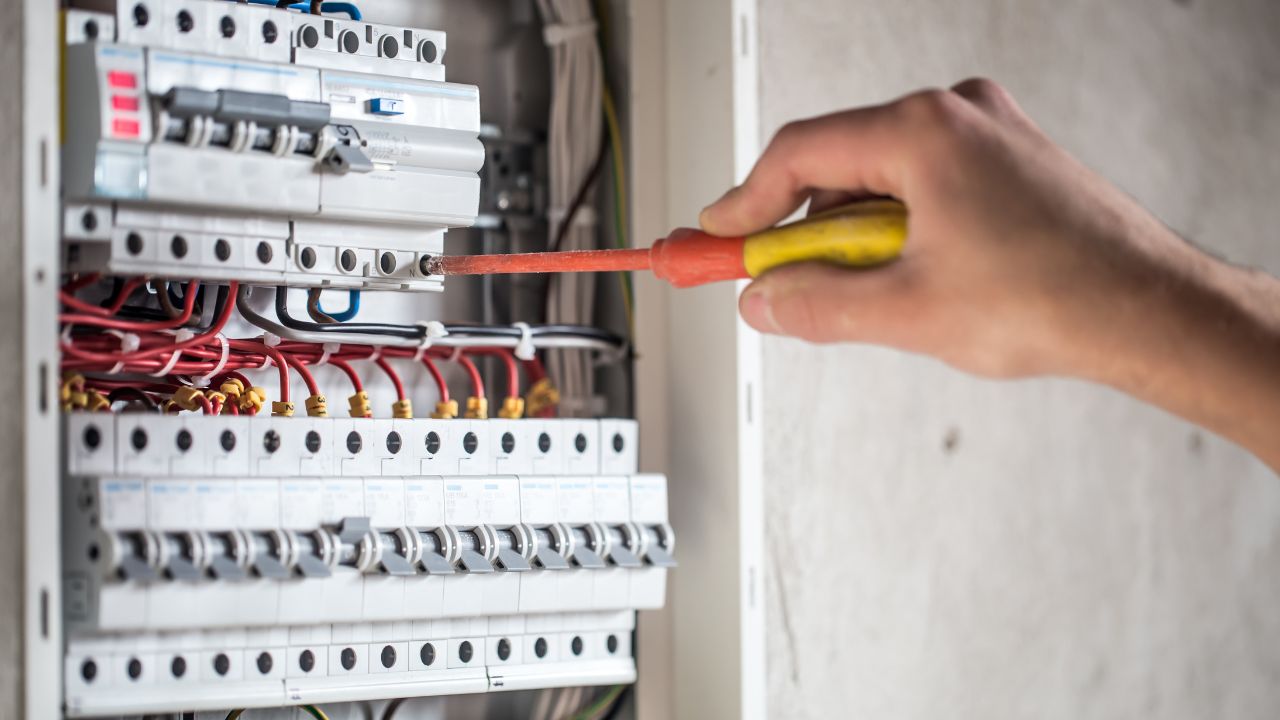
Fully Insured Licensed Hire a Contractor For Commercial Electrical
Hire Contractor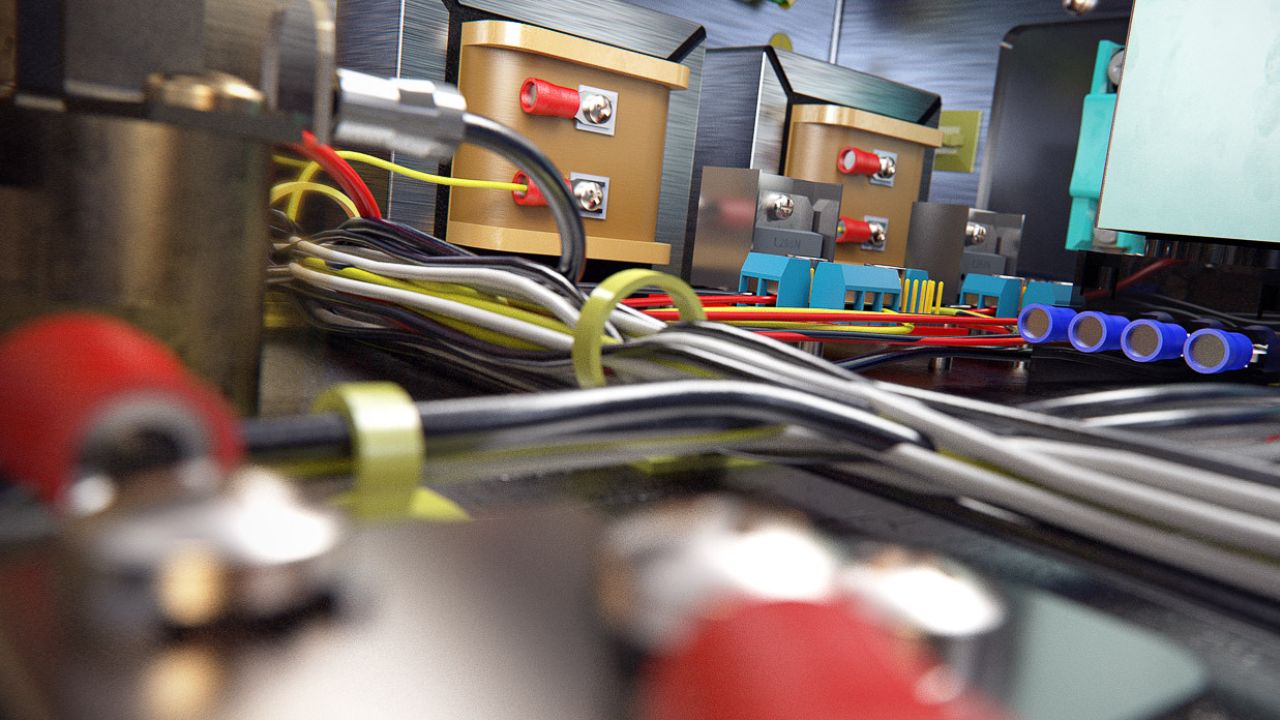
Make Informed Design Decisions Showcase Your Design Ideas
Get RenderingAccurate budgeting is the linchpin of successful project management, and electrical construction takeoffs play a pivotal role in achieving this precision. By meticulously quantifying every element of the electrical work, from fixtures to wiring, contractors and project managers can create budgets that align with the project’s true scope. This precision is invaluable for financial planning, as it enables stakeholders to secure the necessary funds with confidence. With a clear and accurate budget in place, project teams can navigate the financial landscape with assurance, reducing the likelihood of unexpected costs derailing the project.
In the competitive realm of construction bidding, preparation is key, and electrical construction takeoffs are a contractor’s strategic tool. A well-prepared bid is not just about being competitive; it’s about accurately reflecting the project’s scope and costs. Accurate takeoffs empower contractors to submit bids that are not only competitive but also realistic. The detailed breakdown of material and labor costs ensures transparency, instilling confidence in clients and setting the stage for successful collaboration. A contractor armed with a thorough takeoff stands out in the bidding process, showcasing professionalism and a commitment to precision.
Efficient resource allocation is a cornerstone of project management, and electrical construction takeoffs provide the blueprint for this critical task. Project managers rely on the detailed quantification of materials and labor to plan resource allocation effectively. With insights gained from takeoffs, project teams can ensure that the right materials are procured, and an adequate workforce is available at each phase of the project. This proactive approach to resource planning enhances efficiency, minimizes delays, and contributes to the overall success of the project.
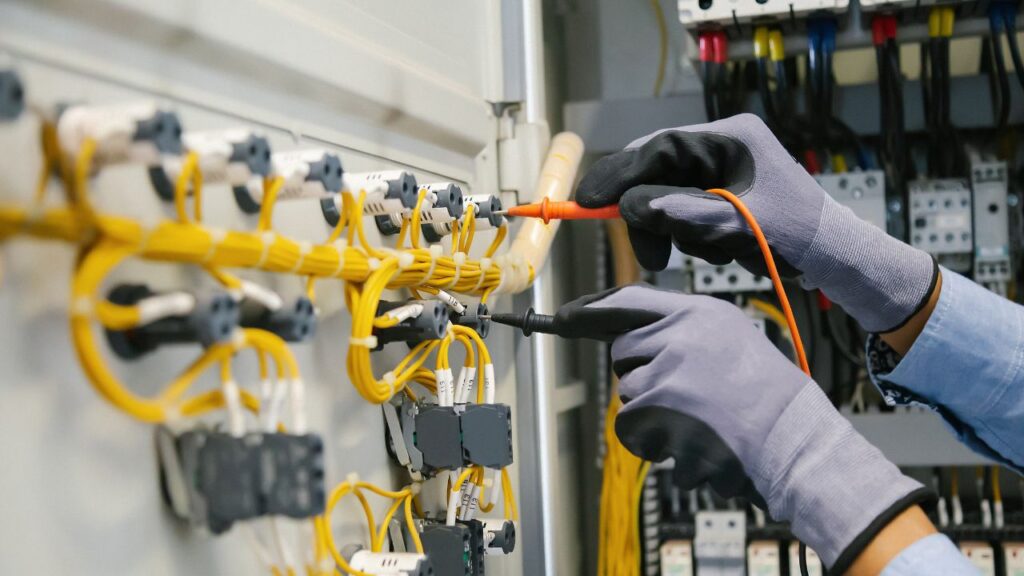
Construction projects are inherently complex, with various challenges and risks lurking at every turn. Electrical construction takeoffs serve as a powerful tool for identifying and mitigating these risks during the planning stage. By thoroughly quantifying each aspect of the electrical work, project teams can foresee potential challenges, ranging from material shortages to labor constraints. Early identification of these issues allows for proactive measures, ensuring that risks are addressed before they escalate into costly problems during construction. In essence, detailed takeoffs become a risk management strategy, enhancing the project’s resilience and minimizing the impact of unforeseen challenges.
A critical first step in the electrical construction takeoff process is a meticulous analysis of project blueprints, specifications, and any related documentation. This step is foundational to understanding the full scope of the electrical work that needs to be executed. Examining blueprints allows for the identification of key elements, spatial considerations, and any nuances that might impact the electrical system’s installation. This comprehensive analysis sets the stage for a precise and detailed takeoff, ensuring that every aspect of the electrical work is accounted for in subsequent quantification and estimation processes.

Once the blueprints have been thoroughly examined, the next phase involves identifying and quantifying each electrical item essential to the project. This includes fixtures, devices, wiring, and any specialized equipment required. By breaking down the project into its individual components, contractors gain a granular understanding of the materials needed. This meticulous itemization not only contributes to accurate budgeting but also ensures that nothing is overlooked. The quantification process is the backbone of a reliable takeoff, forming the basis for subsequent labor estimation and cost calculation.
Estimating the hours required for skilled labor is a crucial aspect of the electrical construction takeoff. This estimation is based on the complexity and size of the project, factoring in various tasks such as installation, testing, and potential troubleshooting. Skilled labor is a significant component of the overall project cost, and an accurate estimation ensures that the right workforce is allocated to the project. Labor estimation is not only about quantity but also about understanding the intricacies of the work involved, contributing to a more holistic and reliable takeoff.
With a detailed item quantification and labor estimation in place, the next step is the meticulous calculation of costs. Material costs are calculated based on quantities and unit prices, considering the specific requirements of the project. Labor costs, equipment costs, overhead, and any other miscellaneous expenses are factored in to provide a comprehensive view of the project’s financial landscape. The cost calculation is not merely a summation of numbers; it is a strategic process that ensures that every financial aspect of the electrical work is accounted for, contributing to accurate budgeting and bid preparation.

Organizing the wealth of information generated during the electrical construction takeoff process is essential for effective communication and collaboration among project stakeholders. The detailed item quantification, labor estimates, and cost calculations are organized into a comprehensive document or spreadsheet. This documentation ensures clarity and ease of reference for everyone involved in the project, from contractors and project managers to clients and financial stakeholders. A well-organized document streamlines decision-making processes, facilitates effective communication, and serves as a reliable reference throughout the project’s lifecycle.
Modern construction professionals often leverage digital takeoff software. These tools allow for faster and more accurate quantification, streamline the process, and provide a centralized platform for collaboration.
Building Information Modeling (BIM) integration enhances the accuracy of electrical construction takeoffs by providing a three-dimensional representation of the project. This enables a more comprehensive understanding of the electrical systems.
In the realm of electrical construction, precision and accuracy are paramount. Electrical construction takeoffs serve as the cornerstone for achieving these standards. By meticulously analyzing project details, quantifying requirements, and leveraging technology, professionals can ensure that their electrical projects are not only well-planned but also executed with efficiency and cost-effectiveness.
Whether it’s a commercial building, residential project, or industrial facility, the thoroughness of electrical construction takeoffs contributes significantly to project success. As the construction industry continues to embrace technological advancements, the role of digital tools in electrical takeoffs will likely become even more integral, providing a streamlined and collaborative approach to project planning and execution.
An electrical construction takeoff is a detailed analysis and quantification of all materials, labor, and costs involved in an electrical construction project. It involves examining blueprints, identifying components, estimating labor, calculating costs, and organizing the information into a comprehensive document.
Electrical construction takeoffs are crucial for accurate estimating, budgeting, and project execution. They provide precision in financial planning, help in preparing competitive bids, assist in resource planning, and contribute to risk mitigation by identifying potential challenges early in the planning stage.
An electrical construction takeoff considers three main components: materials (such as wires, cables, panels), labor (including skilled labor hours), and costs (comprising material costs, labor costs, equipment costs, and overhead).
An accurate electrical construction takeoff ensures that every element of the electrical work is quantified, allowing stakeholders to create realistic budgets. This accuracy is essential for financial planning, securing funds, and navigating the project with confidence, minimizing the risk of unexpected costs.
A well-prepared bid, supported by accurate electrical construction takeoffs, not only makes a contractor competitive but also reflects the true scope and costs of the project. It instills confidence in clients, fosters transparency, and sets the stage for successful collaboration, ultimately contributing to project success.
The key steps in an electrical construction takeoff include blueprint analysis, item quantification, labor estimation, cost calculation, and documentation. Blueprint analysis involves examining project blueprints, while item quantification identifies and quantifies each electrical item. Labor estimation estimates skilled labor hours, and cost calculation provides a comprehensive view of project costs. Documentation organizes this information for effective communication.
Technology, such as digital takeoff software, streamlines the quantification process, allowing for faster and more accurate analyses. Building Information Modeling (BIM) integration provides a three-dimensional representation of the project, enhancing accuracy and promoting collaboration among project stakeholders. Embracing technology in electrical construction takeoffs contributes to efficiency and precision in project planning and execution.
Here I am going to share some steps to get your electrical construction takeoffs cost estimate report.
You can send us your plan on info@estimatorflorida.com
Before starting your project, we send you a quote for your service. That quote will have detailed information about your project. Here you will get information about the size, difficulty, complexity and bid date when determining pricing.
Our team will takeoff and estimate your project. When we deliver you’ll receive a PDF and an Excel file of your estimate. We can also offer construction lead generation services for the jobs you’d like to pursue further.



561-530-2845
info@estimatorflorida.com
Address
5245 Wiles Rd Apt 3-102 St. Pete Beach, FL 33073 United States
561-530-2845
info@estimatorflorida.com
Address
5245 Wiles Rd Apt 3-102 St. Pete Beach, FL 33073 United States
All copyright © Reserved | Designed By V Marketing Media | Disclaimer